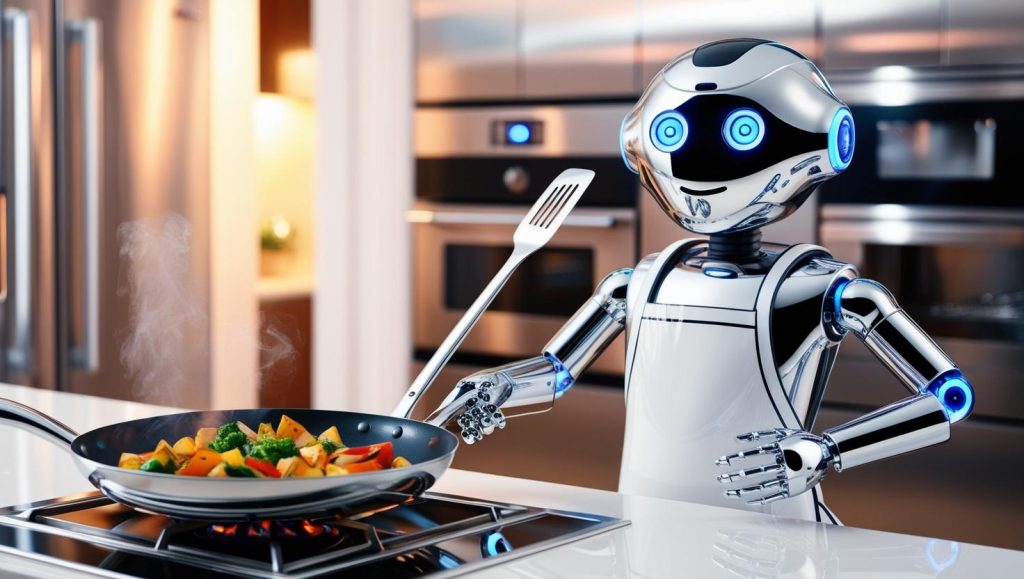
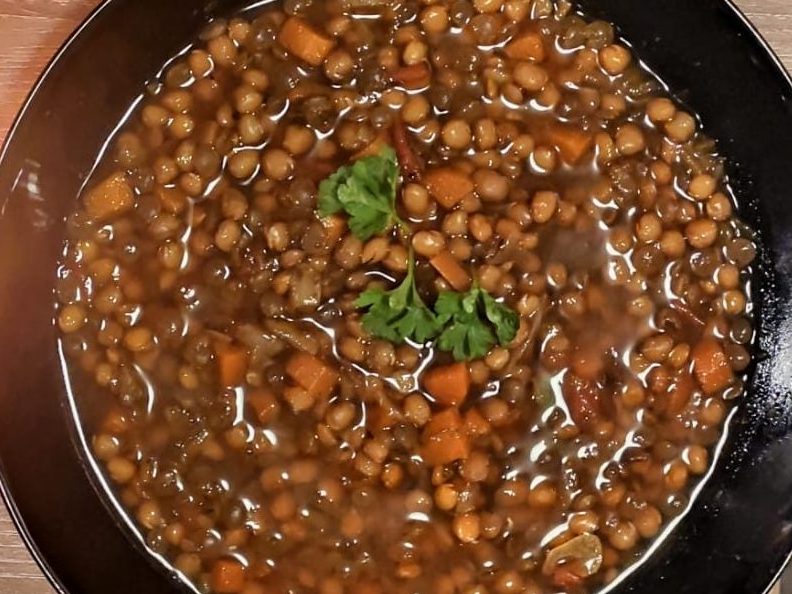
Introduction
Moving to a new country as an exchange student comes with many exciting opportunities, but also unexpected challenges. One of the biggest struggles? Food. Many students arrive in Zwolle eager to experience Dutch culture but quickly find themselves lost in supermarkets, struggling with high prices, unfamiliar ingredients, and limited cooking equipment.
How could Ai help us? Imagine an AI-powered personal chef that suggests recipes from your home country, tailored to the ingredients available in local supermarkets. To explore this idea, we asked four exchange students about their experiences with food in Zwolle and tested an AI-generated recipe to see if technology could help bridge the culinary gap.
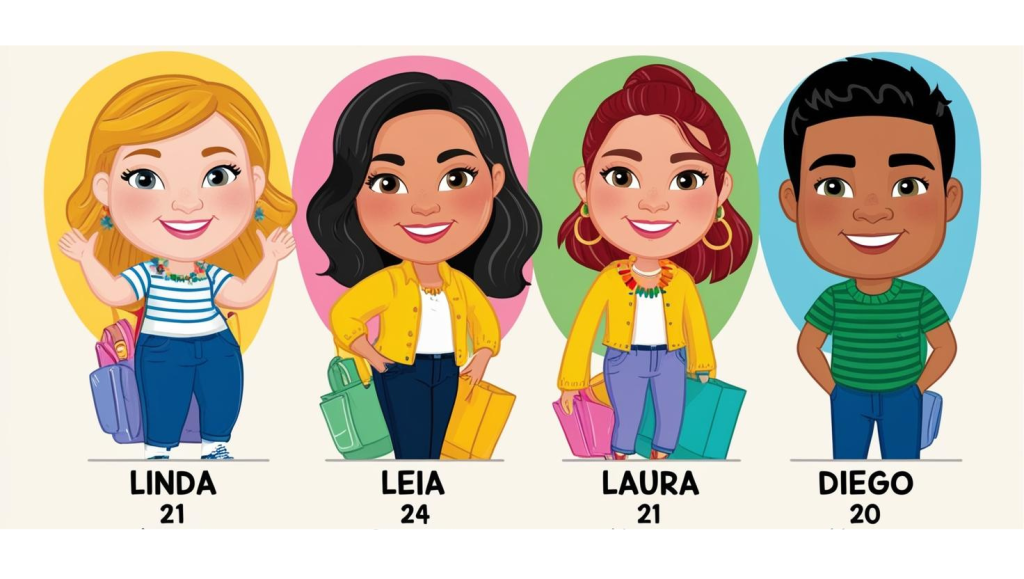
The Challenges of Food as an Exchange Student
For many students, shopping for groceries in Zwolle is a frustrating experience. Leia, from Germany , finds Dutch supermarkets disorganized and often has to ask for help finding specific items. Linda, from Austria , prefers Aldi over Jumbo because the smaller selection makes it easier to navigate. Diego, from Mexico , compared his first visit to a Dutch supermarket to getting lost in a maze. Laura, also from Germany , struggles with ingredient labels, which makes grocery shopping time-consuming.
Even when students do manage to find the right products, cooking can still be difficult due to limited kitchen tools. Linda misses having an oven, while Leia has had to simplify her meals because she lacks some of the appliances she would normally use at home. Diego, on the other hand, is used to cooking without advanced kitchen equipment, so he has adapted more easily.
And then there’s the price factor. Many exchange students are surprised by how expensive certain products are compared to their home countries. Leia and Linda were particularly shocked at the cost of cheese in the Netherlands, while Diego, who thinks in pesos, constantly recalculates prices to avoid overspending. All of these challenges combined make cooking as an exchange student in Zwolle a difficult task.
Would an AI Help?
With these difficulties in mind, we asked students if they would use AI as a personal chef to generate recipes based on their home cuisine but adapted to Dutch supermarkets.
Linda and Laura were eager to try it, saying AI could be a great tool for finding recipes and cooking inspiration. Diego saw it as a way to save time, allowing him to focus on other activities like the gym. Leia was more skeptical, preferring to ask people for recommendations to better understand local food options, though she admitted AI could be useful for looking up ingredients or finding specific dishes.
Testing the AI Chef: A Lentil Soup Experiment
To put this idea to the test, we prepared lentil soup using an AI-generated recipe, customizing each serving to match how the dish is traditionally served in the students’ home countries.
Leia was pleasantly surprised, saying the taste reminded her of her grandmother’s cooking. Linda noted that while some ingredients were different, the flavor was remarkably close to the original dish. Diego loved it, not just because it was vegetarian, but because it became a bonding experience with his roommate.
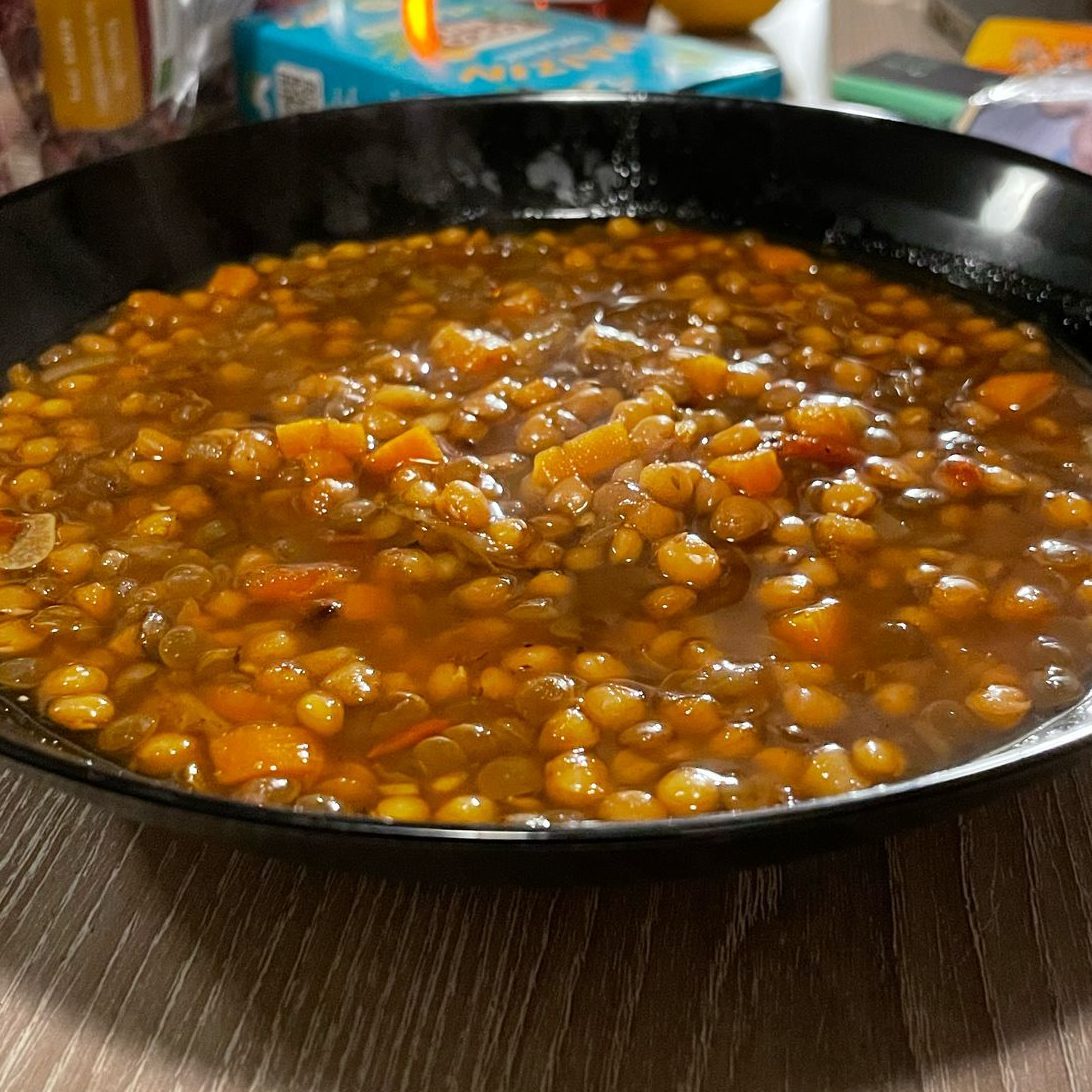
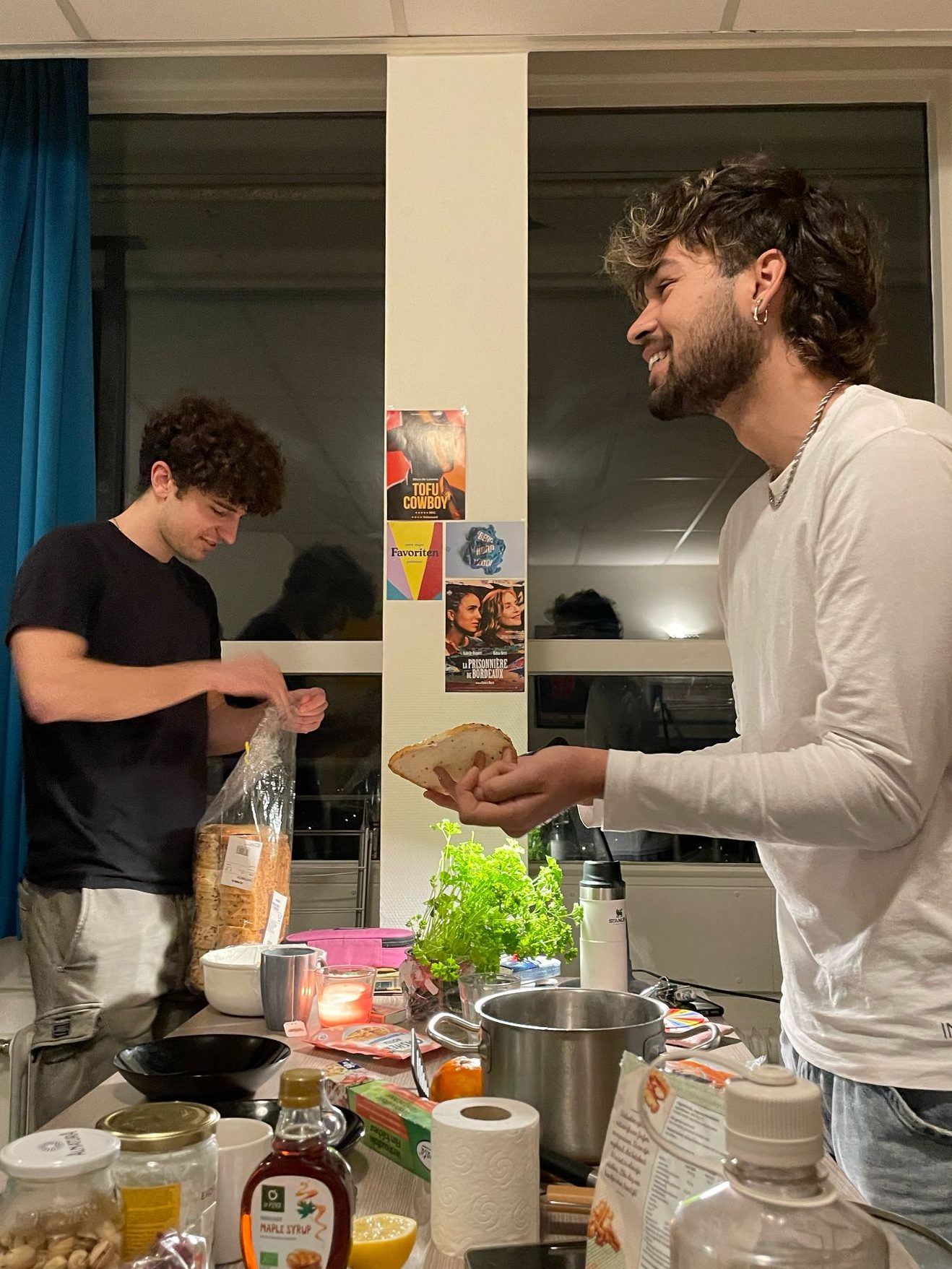
How to Use AI as Your Personal Chef
If you’re an exchange student in Zwolle struggling with food, AI might be the solution. You can generate personalized recipes using the following prompt:
“I am from [your country] and currently living in the Netherlands (Zwolle). I am a beginner in cooking and only have two frying pans, a pot, and a microwave. I need a list of budget-friendly recipes from my country that I can cook with common ingredients found in Dutch supermarkets (such as Albert Heijn, Jumbo, or Lidl). I want the recipes to be simple and use cooking techniques that match my available utensils. Additionally, include vegan and vegetarian options, ensuring that some recipes share ingredients to optimize my grocery shopping. Provide possible recipes and step-by-step instructions on how to prepare them.”
Conclusion: Could AI Be the Solution?
While AI won’t replace the experience of discovering Dutch cuisine or learning from other students, it has the potential to be a real solution for exchange students struggling with food. If most students are willing to use it, AI could help bridge the gap between home and their new environment, making food a source of comfort rather than stress.
The Lentil Soup Recipe We Tried
If you’d like to try the AI-generated lentil soup yourself, here’s the recipe we followed:
Ingredients for 3 person :
- 200g lentils
- 1 onion, chopped
- 2 carrots, diced
- 1 clove garlic, minced (opcional)
- 3 tomato, chopped
- 1 liter vegetable broth (or water with bouillon cube)
- 1 teaspoon cumin
- 1 teaspoon paprika
- Salt and pepper to taste
- 2 tablespoons olive oil
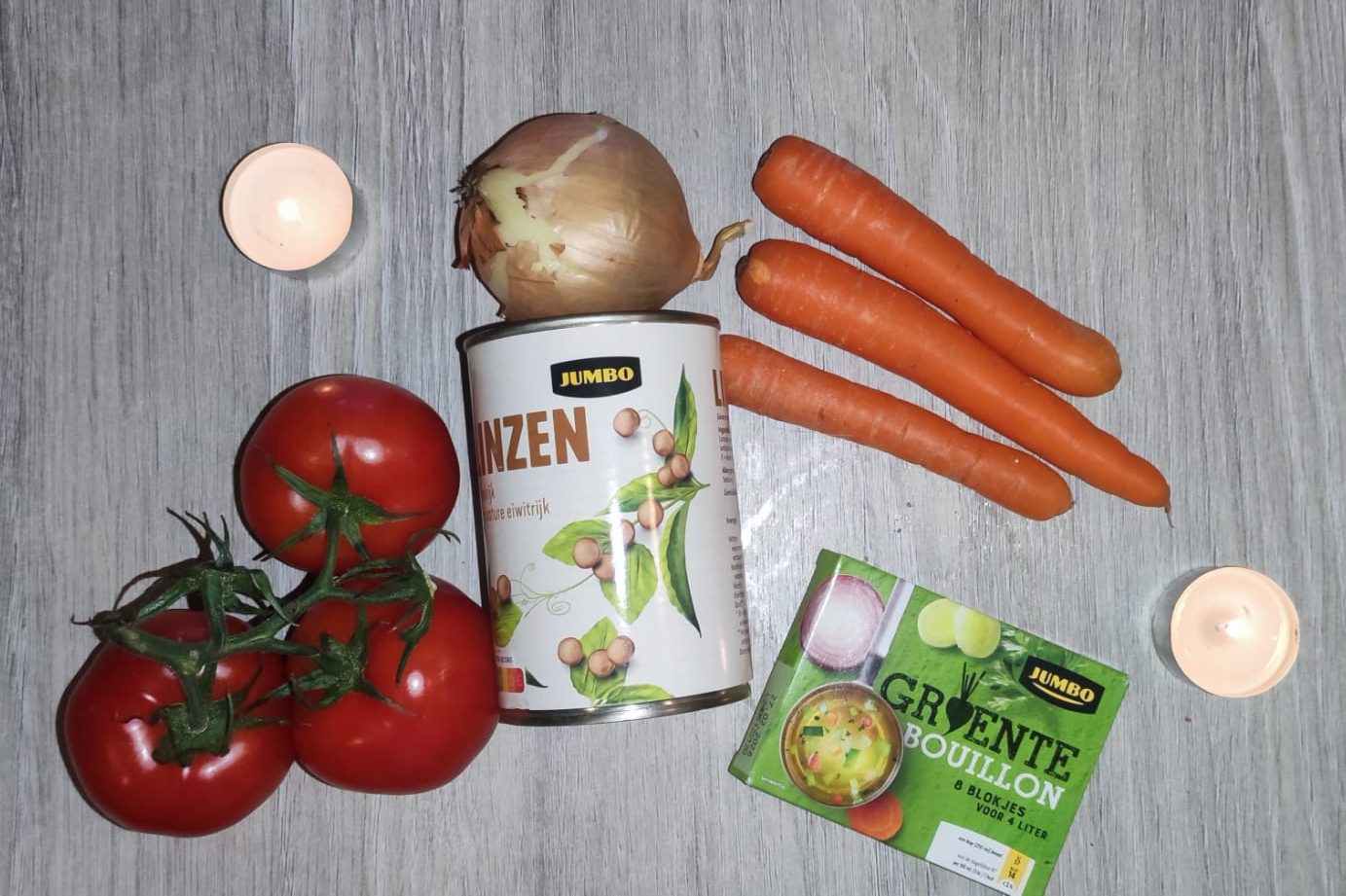
Instructions:
- Heat the olive oil in a pot over medium heat.
- Add the chopped onion and garlic, sautéing until soft and fragrant.
- Stir in the diced carrots, cooking for about 5 minutes.
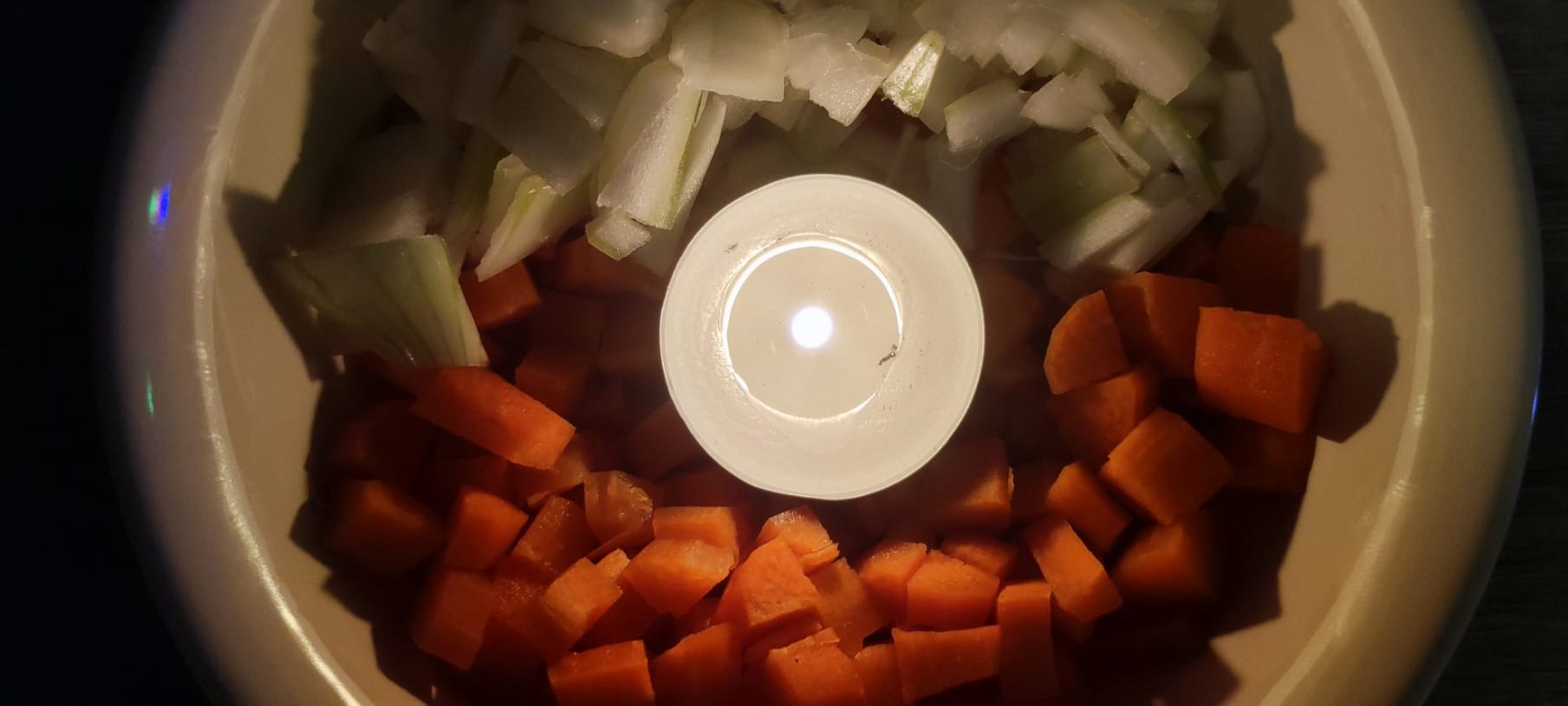
- Add the chopped tomato, lentils, and spices, mixing everything together.
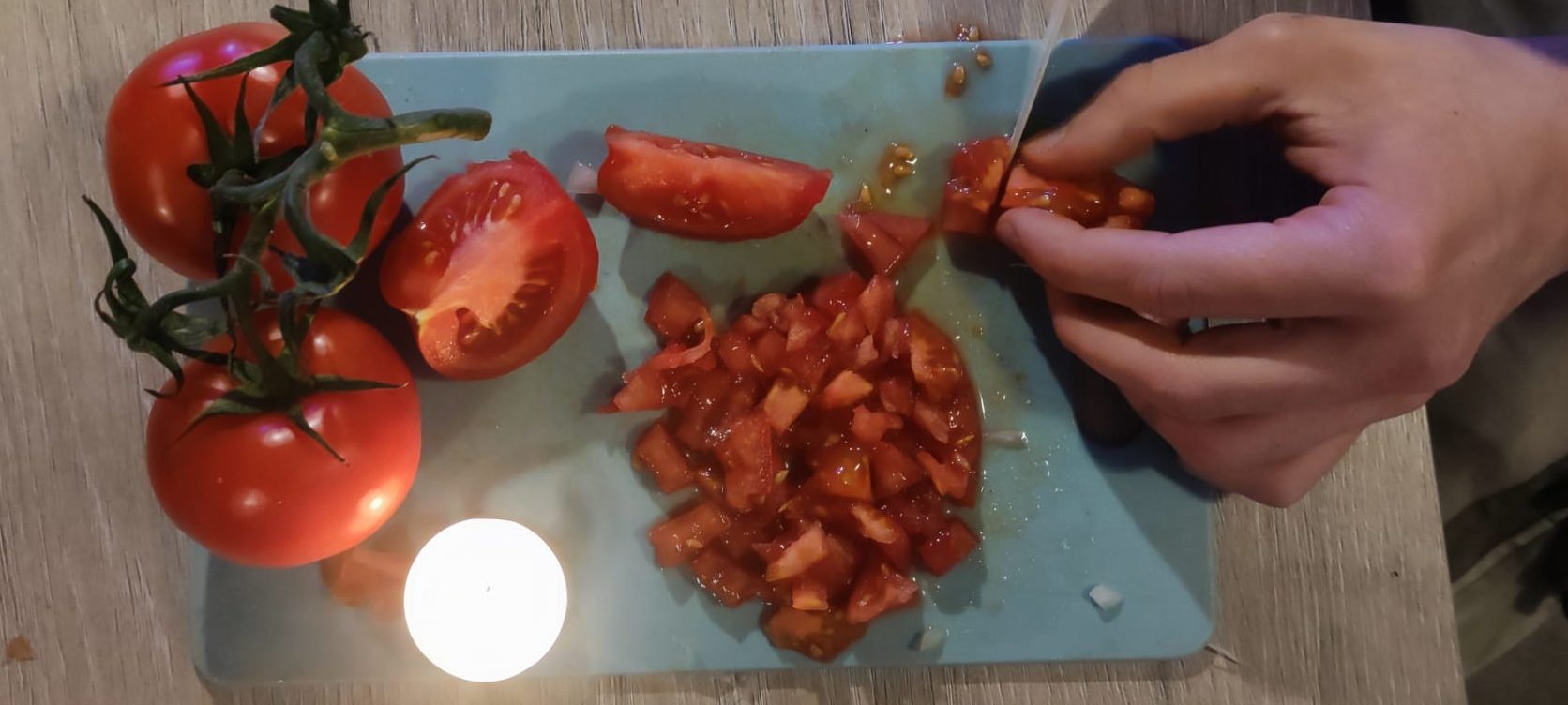
- Pour in the vegetable broth and bring to a boil.
- Lower the heat and let it simmer for about 30-40 minutes, stirring occasionally, until the lentils are soft.
- Adjust salt and pepper to taste.
- Serve hot, customizing the garnish to match your home country’s traditional serving style.




